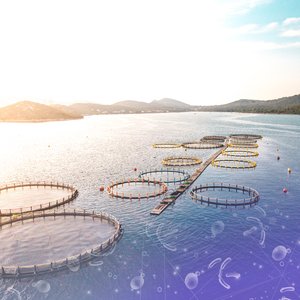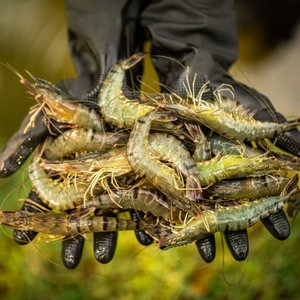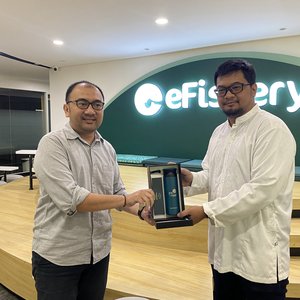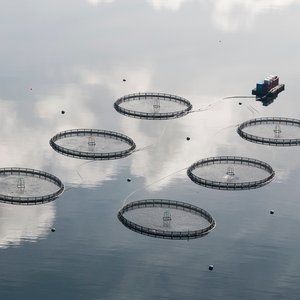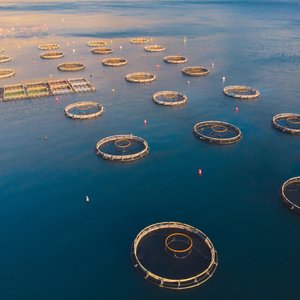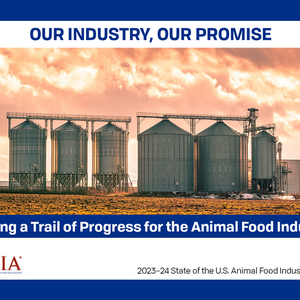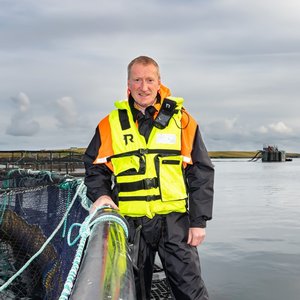Research worth millions
Fiskeriforskning has detected a substance in fishmeal that can mean many hundreds of millions of Kroner (NOK) in increased revenues for the Norwegian aquaculture industry.
The fish feed must contain about 30 % fishmeal in order for the salmon to grow and develop normally. But because fishmeal is a scarce resource and an expensive ingredient in the salmon feed, the producers have been using increasingly larger amounts of vegetable ingredients from agriculture.
Scientists at Fiskeriforskning's department in Bergen have spent a lot of time working to discover which substances in the fishmeal the salmon is dependent on, such that they can produce a better and more reasonably priced feed.
Better growth
The research so far shows that one of these important components is hydroxyproline, which is an amino acid and one of the building blocks in proteins. The tests show that feed with increased content of hydroxyproline causes the salmon to grow more and faster, and that it is more robust.
Up to now, it has not been assumed that the level of hydroxyproline has limited the growth and development of the fish.
"With more hydroxyproline in the feed, the salmon eats more. The weight increases by 14 % compared with that which is achieved with today?s feed", says Senior Scientist Anders Aksnes.
Improved fish health
Because the fish grows faster, the production time can be reduced. In addition, the health is strengthened such that there are fewer sores and fin injuries on the fish. The results also indicate that feed with more hydroxyproline causes fewer deformations in the bone structure. Improved fish health means a better quality fish, and thus greater earnings.
"We anticipate that these improvements together amount to a significant profit for the Norwegian fish farming industry", Aksnes says.
Increased production
Using fishmeal with more hydroxyproline means that more vegetable products can be used, which are cheaper and found in unlimited quantities. This makes it possible to increase feed production, and thus much more salmon can be produced in the future.
The amount of hydroxyproline can be increased by using more meal based on fish skin and bones, which are rich in this substance. For the fishing industry, the new results mean that skin and bones, which today are poorly paid residual raw materials, will become a more valuable resource in the future.
New knowledge
"This is new basic knowledge about what fishmeal and fish feed contain and how the different biological components affect the growth and health of the fish", says Aksnes.
"This means that we can improve salmon production and can get better economy and increased earnings in the aquaculture industry", he says in closing.
A patent has now been applied for on the use of hydroxyproline in fish feed, and the results will also be published in a scientific article.
For more information, contact Anders Aksnes, telephone (+47) 55 50 12 44 or mobile telephone (+47) 916 76 857.


